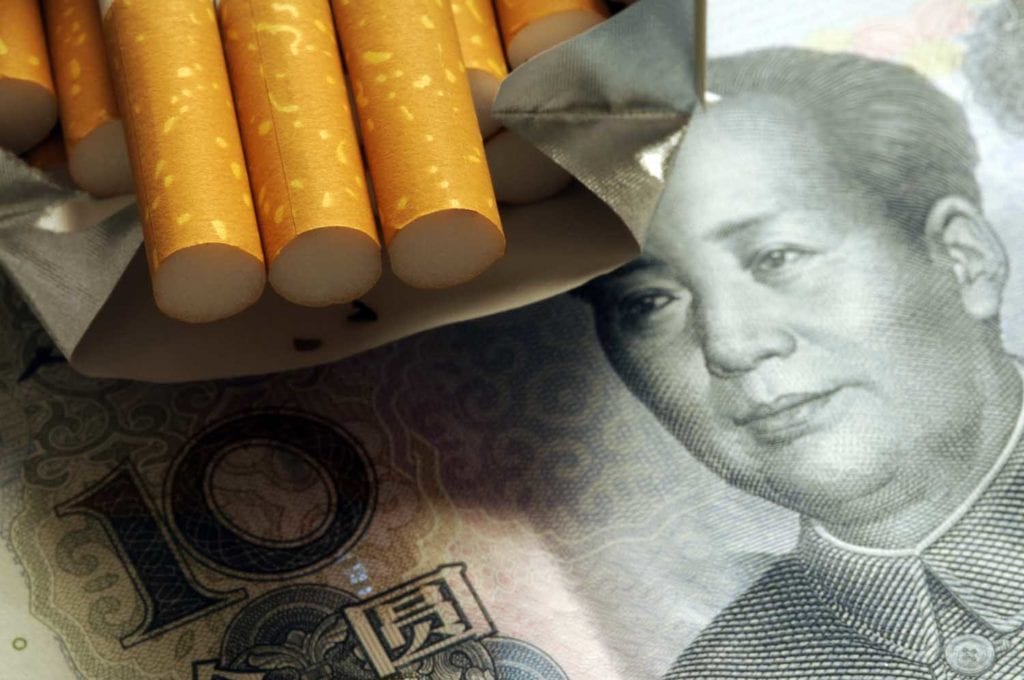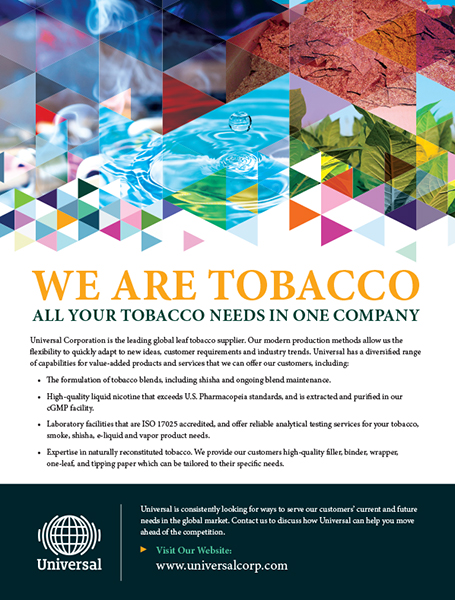
The German association for the e-cigarette trade, VdeH, has sharply criticized the passage by the financial committee in Parliament of a tobacco tax reform bill that calls for significant tax hikes on vapor and tobacco-heating products, including nicotine-free variants.
Until now, e-cigarettes have been subject only to value-added tax. Tobacco-heating products will reportedly be taxed at the same level as combustible cigarettes.
The plans will not only boost the black market but also destroy numerous small and medium-sized businesses, according to VdeH.
“The mere fact that e-cigarette liquids are generally taxed more heavily than tobacco cigarettes and thus ignore the 95 percent lower potential for damage is insane health policy,” said VdeH Managing Director Michal Dobrajc in a German-language statement. Taxing nicotine-free products as well as cigarettes defies common sense, he added.

If you are serious about reducing the smoking rate, then you have to support the industry that is making a significant contribution to reducing it instead of destroying it.
Michal Dobrajc, managing director, VdeH
Dobrajc said Germany should learn from the experience of other countries that were forced to lower their vapor taxes as vapers returned to smoking and anticipated revenues failed to materialize.
“The Tobacco Tax Modernization Act is a disaster in both health and economic terms,” said Dobrajc. “If you are serious about reducing the smoking rate, then you have to support the industry that is making a significant contribution to reducing it instead of destroying it.”

























